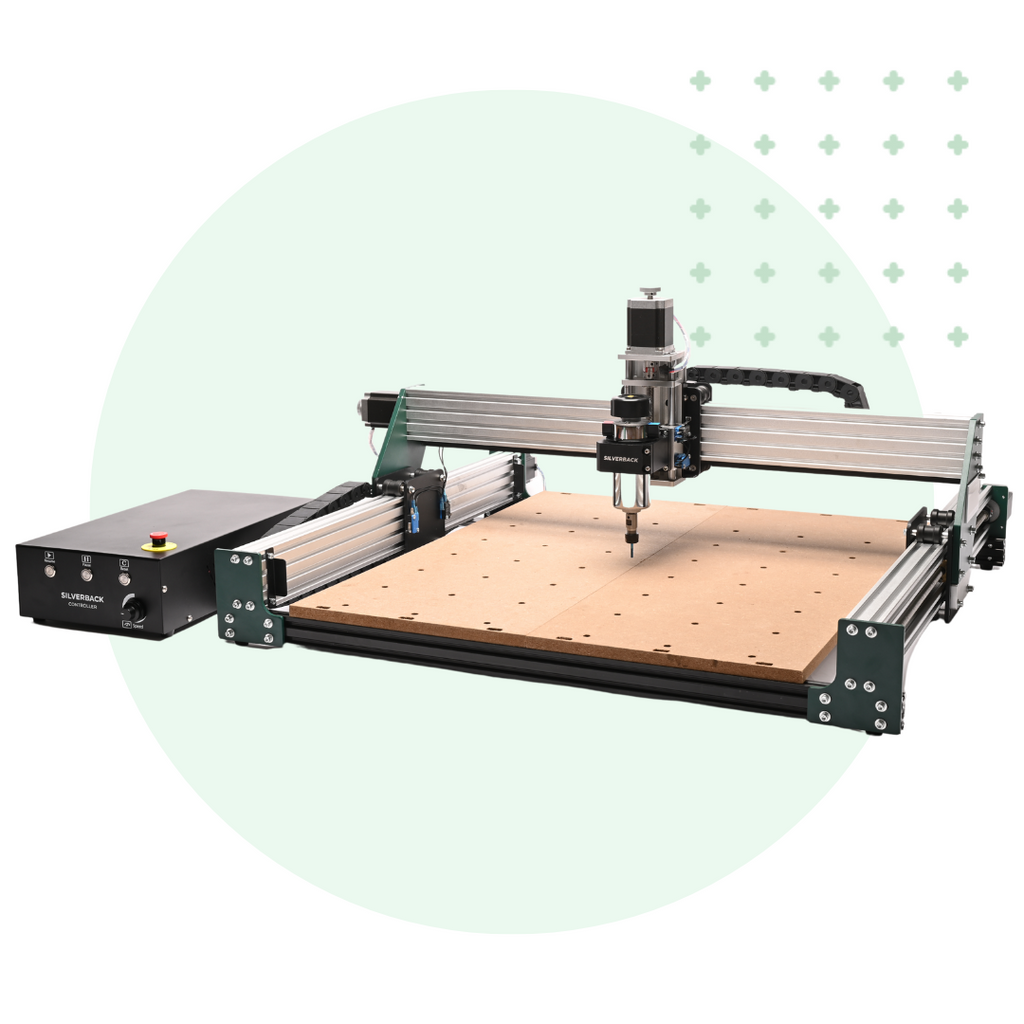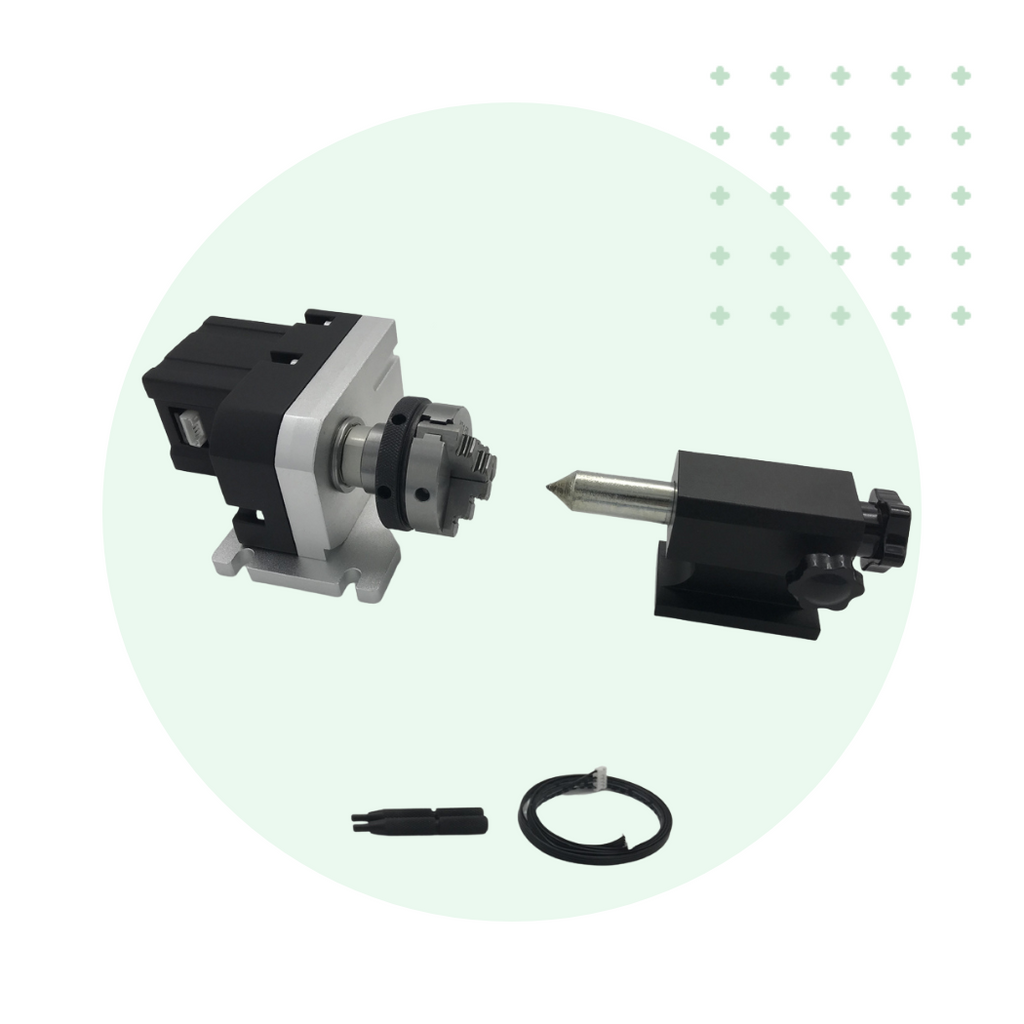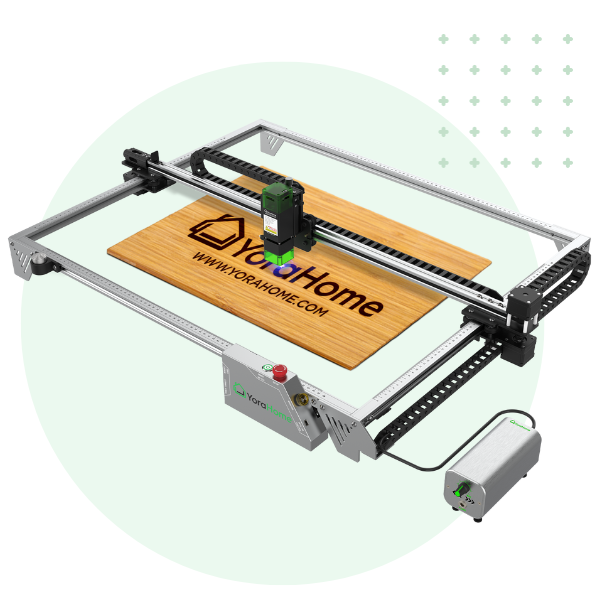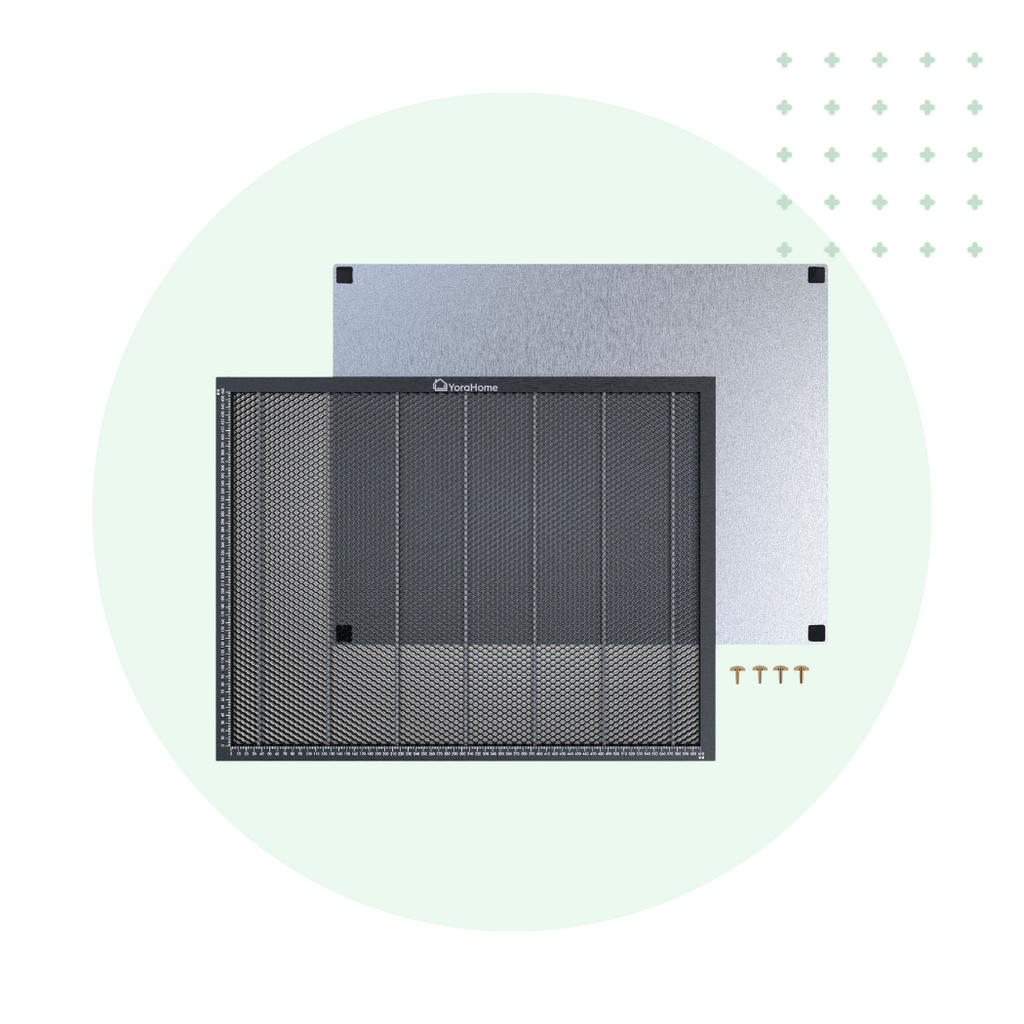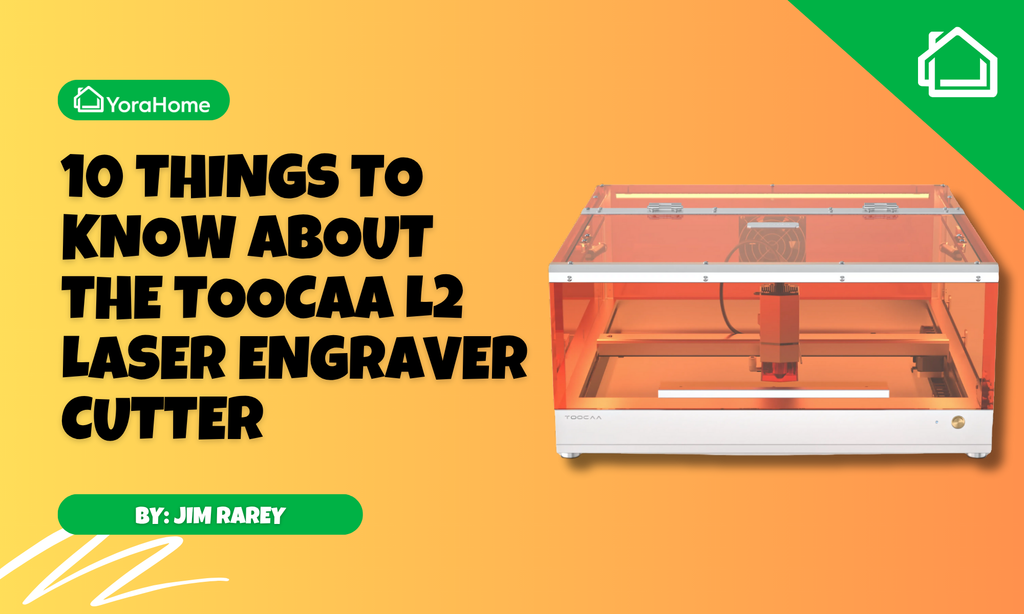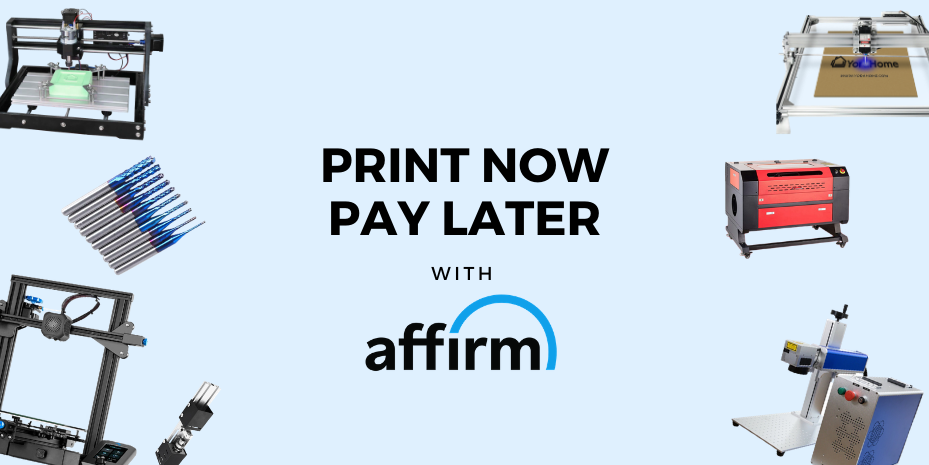Trial And Error

When you see something on YouTube or you’ve Googled an idea you’ve had, often times there’s a big gap between what you’ve seen and what you actually achieve to begin with.
So, I make no apologies for the number of photographs in this article, pictures explain far better than words in some situations.
So, putting this into context, I had seen an amazing video of a laser cutting, a fabulous pattern out of card, it was clear, sharp, and fast! Not the same set up as my YoraHome 6550 I admit, it was an industrial one, but it was enough to make me want to try it out at least.
Considering that my 5.5W laser on my 6550 had done some amazing things on slate, how hard could paper and card turn out to be?
Well, much harder than I first thought. I started out trying thin card, but the first attempts didn’t even make a mark on the card, as I thought I’d need to have low power, it was only card after all. I had found a simple enough shape to try with the plan to use the reindeer shape for Christmas cards and decorations once I perfected the technique.

Eventually, I got a bit more of a result:

Unfortunately, Rudolph the red nosed reindeer didn’t make it……. So, back to simple steps to start rather than jump straight in expecting miracles.
Start point, find something small and simple to use as the test design:

Then, start with High Power & Slow Speed: S 2.00 G1 0.10 G0 1.00:

This might not have seemed the place to start for everyone, but I was trying to go through the steps logically. And since I was still using the thin card at this point, I thought I’d start here.
It wasn’t exactly an epic fail as you can actually see what it was meant to be, but there was a lot of charring around the edges.

Next, it seemed like a good idea to try printing paper as I was going to go through a lot of card at this rate, not surprisingly the first attempt with the same settings as above had a very similar result, well more like the reindeer if I’m honest, so next same power, quicker speed. S 2.00 G1 0.30 G0 1.00

Not very much difference at this level, so moving the tests up a notch, I tried S 2.00 G1 1.00 G0 1.00

By this point, it was looking less likely to burst into flames anyway, so in for a penny in for a pound as they say here in the UK, next S 2.00 G1 2.00 G0 1.00

Now, I was starting to get somewhere! Power down and keeping the speed high: S 0.50 G1 2.00 G0 1.00

There was less charring on the back side as well by this point, so feeling optimistic I tried: S 0.30 G1 2.00 G0 1.00

This actually lefts bits of charred paper within the shape, therefore too far.
Next, for the purposes of complete testing, I tried further adjusting the laser by lifting it up on blocks at each corner and then re-focusing. I went back to S 0.50 G1 2.00 G0 1.00 as the laser was further away from the paper.


But, this caused a bit more of the charring that I had previously managed to get rid of. So, I imported another image and change the settings again:
- Smooth, Line to line, Horizontal 12.000 lines per mm
- Engraving speed 800mm/min, Smax 5500
- S 0.44 G1 2.00 G0 1.00

And my final result:

I was incredibly happy 😍 with this, but it was close to midnight and I needed to go to work the following morning, so I didn’t have chance to show it off properly. It really does look good though.
When you read, it’s all about trial and error, CNC certainly is! Don’t give up, just keep trying, you will get there in the end.
Get The Freshest Content
Straight To Your Inbox
Join over 3,000 creators who receive premium content, exclusive discounts, and all the must-know info on a weekly basis.
